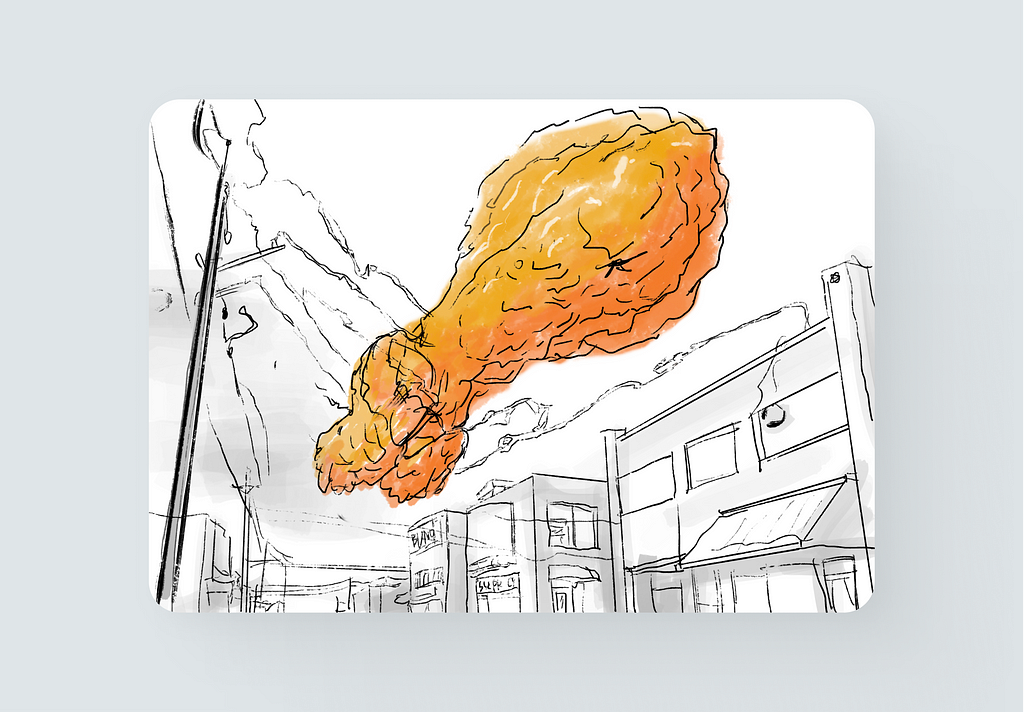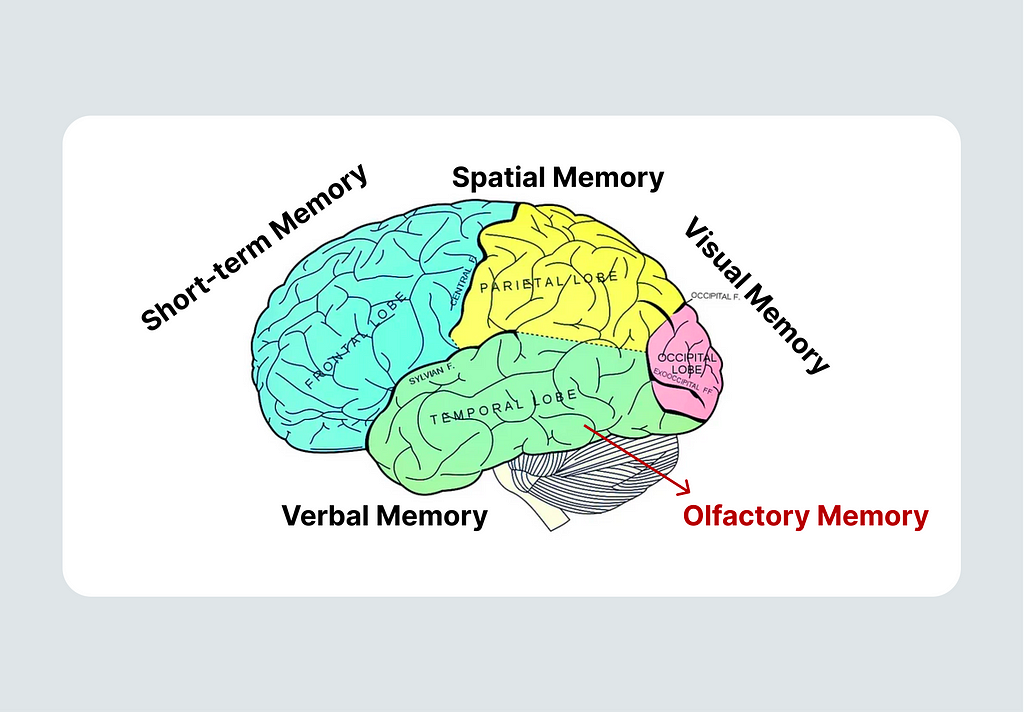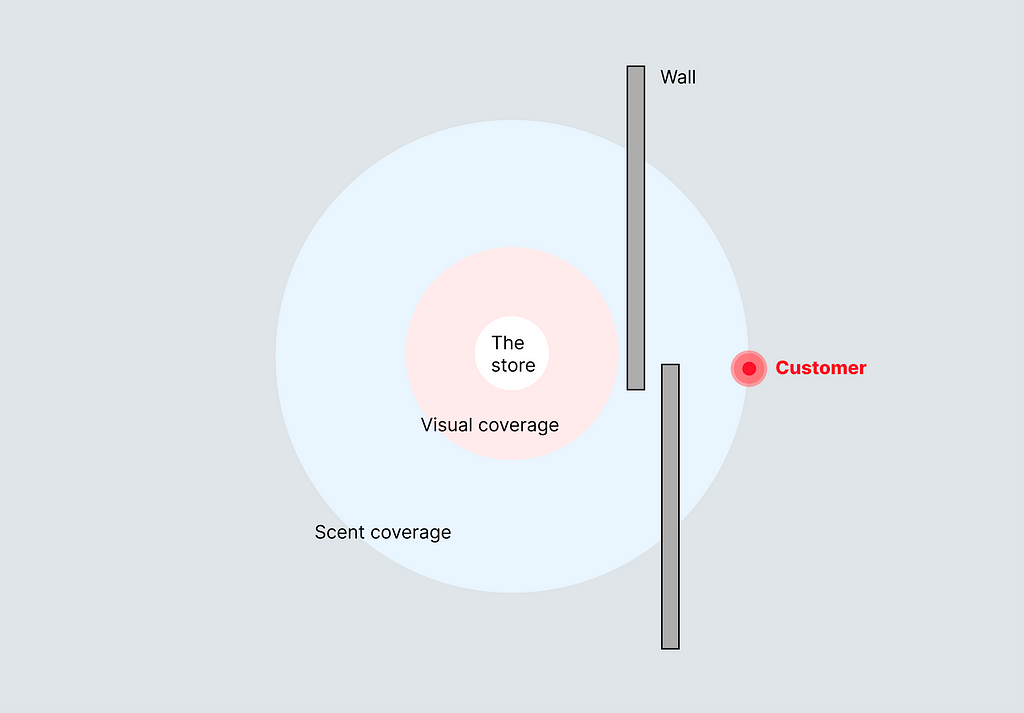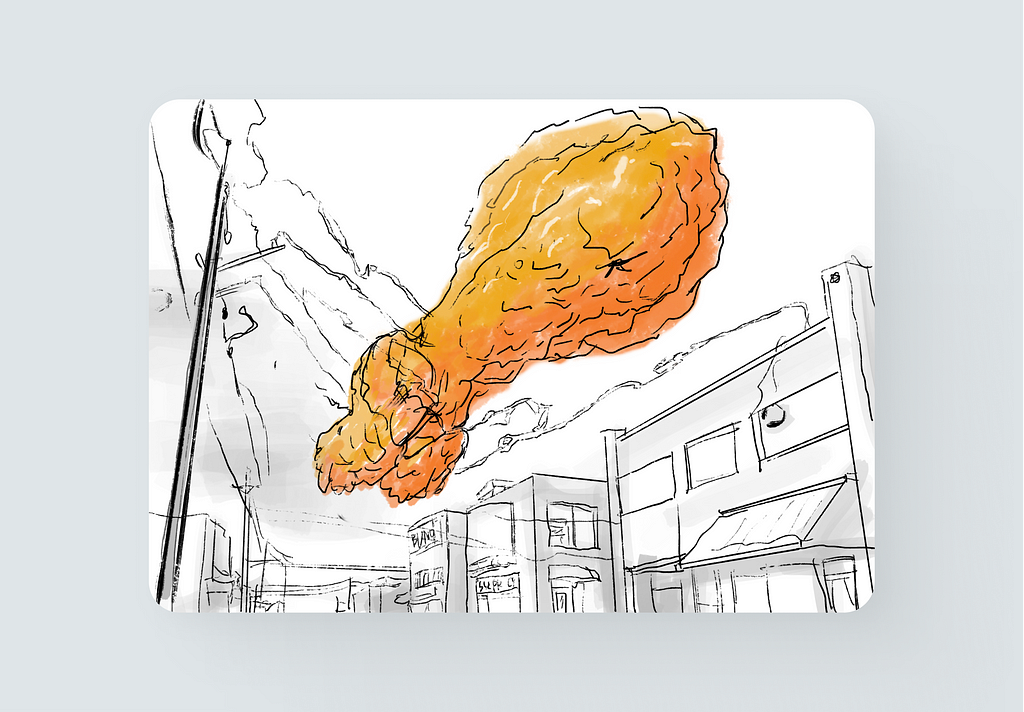That day in Utah, KFC’s scent told a story beyond fried chicken

On a recent trip to Utah, my nose detected something before my eyes did. A tantalizing blend of coffee and fried chicken wafted through the streets, leading me on an unexpected journey. This journey wasn’t just about finding the source of the aroma, but it was an exploration into the powerful role scent plays in shaping our experiences, especially in the world of business.
Following the scent: An unexpected discovery
During my trip to Utah, a state renowned for its scenic beauty, it was not the picturesque landscapes that caught my attention, but rather an unexpected aroma. As I walked the streets, my nose, more alert than my eyes, picked up on a subtle yet alluring scent of coffee mixed with fried chicken. This tantalizing aroma wafted through the air, becoming more pronounced with each step I took.
Curiosity piqued, I found myself instinctively following this scent. It was around mealtime, and my senses were heightened, making me more susceptible to the allure of this aroma. As I continued my pursuit, the scent’s intensity grew, leading me directly to its source: a bustling KFC outlet. The establishment’s glass door had an exhaust fan, which was continuously expelling this enticing blend of coffee and fried chicken into the streets. Whether this was a deliberate act or a mere coincidence, it struck me as a fascinating phenomenon worth pondering. It served as a vivid reminder of the potential of scent and olfaction in the realm of business and user experience.

The History of KFC: Office “Scent” Marketing
As I sat in the store, munching on the crispy chicken and flipping through KFC’s marketing history, a revelation hit me. KFC, a global fast-food giant, hasn’t just relied on its mouth-watering taste but has masterfully wielded the power of its iconic aroma. Historically, the brand has leveraged this unique scent as a powerful marketing tool. One particularly innovative campaign stands out: KFC’s scent-focused strategy in the United States. The campaign was centered around the idea that the smell of KFC in American offices would lure customers into the chain. To execute this, KFC placed its new chicken meal on mail carts that traveled to offices right before lunch. The intention was clear: workers would be captivated by the aroma and be inspired to visit the chicken chain during their lunch break. As James O’Reilly, chief marketing officer for KFC, aptly put it, “We couldn’t think of a better way to showcase the value of our new $2.99 Deal than to inject the mouth-watering scent of Kentucky Fried Chicken into the corridors of corporate America.”[1]
The psychology behind scent marketing
Given the powerful allure of KFC’s aroma strategy, one might wonder: Why is scent so pivotal in shaping our decisions and emotions? Scent marketing taps into the profound psychological effects of olfaction. The olfactory bulb, which processes scents, is directly connected to the amygdala and hippocampus, brain regions that handle emotions and memory[2]. This means that scents can evoke powerful emotional responses and are more likely to be remembered than visual or auditory stimuli. Brands like KFC harness this potential to create lasting impressions. When a consumer encounters the familiar aroma of fried chicken, it’s not just a sensory experience; it’s a trip down memory lane, evoking feelings of nostalgia, comfort, and even hunger. This deep-rooted emotional connection is what makes scent marketing so effective and impactful.

Precise User Profiling: Those Who Dislike the Scent Aren’t the Target
Let’s face it: not everyone’s a fan of the greasy aroma of fried chicken. Some might even scrunch their noses and walk away. But here’s the twist: for KFC, that’s not a bug; it’s a feature.
Every successful marketing strategy hinges on a deep understanding of its target audience. For KFC, the aroma of fried chicken isn’t just a delightful scent; it’s a calculated move to appeal to a specific demographic. Not everyone will be drawn to the scent of fried chicken, and that’s precisely the point. By emitting this aroma, KFC effectively filters out those who aren’t their primary target, ensuring that those who are drawn in are more likely to convert into paying customers.The aroma of the thing also greatly stimulates the needs of these potential customers, prompting them to move from hesitation to the decision-making stage.
The psychology behind this is rooted in the concept of selective attention. Our brains are wired to filter out stimuli that are deemed irrelevant, allowing us to focus on what matters most. In the realm of marketing, this means that brands can strategically use stimuli (in this case, scent) to attract their ideal customers while simultaneously repelling those who fall outside their target demographic[4]. This ensures that marketing efforts are not wasted on those unlikely to engage with the brand.
Building on this, there’s another dimension to consider: the efficiency of scent as a channel, which often surpasses that of vision. The application of scent in marketing goes beyond our conventional understanding. Especially in hot weather, scents propagate at a pace swifter than visuals, bypassing all visual barriers to swiftly reach the user. The intensity of a scent amplifies as the distance decreases, providing users with an instinctual “navigation.” As individuals follow this aroma, they are not only guided to the brand’s physical location but also forge a deeper psychological connection with the brand.

The Unique Potential and Advantages of Olfaction in User Experience Design
The way KFC uses the aroma of fried chicken to elevate its user experience and boost sales is nothing short of genius. Let’s dive deeper into the unique potential and advantages of scent in user experience design. When crafting unforgettable experiences, here are three standout features that set olfaction apart from other sensory tools:
Beyond Visual Barriers: A Three-Dimensional Experience
Olfaction, unlike other senses, possesses a unique ability to bypass visual barriers. This means that where visuals might be obstructed by physical objects or distance, scents can permeate and fill spaces, offering a more three-dimensional and immersive experience. Furthermore, scents carry with them profound emotional and memory associations. A particular aroma can transport an individual back to a cherished memory or evoke a specific emotion, making the experience more personal and impactful.
More Direct, More Visceral: A Potent Tool in UX Design
The connection between scent and our senses is immediate and visceral. Unlike visuals that require our conscious attention, scents can be processed instinctively, triggering reactions even before we’re consciously aware of them. This directness makes scent a potent tool in user experience design, allowing brands to create a more immediate and instinctual connection with their audience.
Silent Enrichment: Enhancing the Journey Unnoticed
Scents have a unique property of transitioning seamlessly, without abrupt changes. This allows for a “silent enrichment” of multi-experiential levels. As a user moves through a space or experience, the scents can subtly change, enhancing the journey without the user even realizing the transition. This silent guide can make experiences more layered and rich, adding depth without overwhelming the senses. (The alarm clock ringtone of an iPhone can be used here as an example of the opposite.)
Unlocking the Multisensory Future: The Untapped Power of Scent
After delving into how KFC masterfully employs the aroma of fried chicken, it’s clear that the world of scent holds vast untapped potential. Beyond just guiding us to our next meal, the power of olfaction can whisk us away to entirely different realms, enhancing experiences in ways we might never have imagined.
The ability of olfaction to “enhance or even shape immersive experiences within environments” offers unique advantages across various domains. Imagine the concept of a movie paired with a scent-releasing candle. As viewers watch a scene set in a pine forest, the candle releases the fresh scent of pine, deepening their immersion into the movie’s world. A beach scene might come alive with the salty tang of the ocean, making the waves almost palpable. This multisensory approach not only intensifies the viewing experience but also etches it more vividly in memory, showcasing the vast potential of integrating scent into user experience design beyond just the food industry.

As we stand on the cusp of a new era in user experience design, the integration of scent offers a frontier yet to be fully explored. It’s a testament to the boundless creativity and innovation that awaits us. As brands and designers, we have the opportunity to harness this potent tool, crafting experiences that resonate on a deeper, more instinctual level. The future of UX design is not just visual or auditory; it’s multisensory, and scent is poised to play a pivotal role in shaping that future.
Sources:
【0】Synecore. (n.d.). KFC Maidstone Restaurant HVAC System. https://www.synecore.co.uk/project-view/kfc-maidstone-restaurant-hvac-system/
【1】”Using the sense of smell, KFC has come up with a very interesting way of inspiring workers in the office to make the company’s chicken their choice of lunch.” Poultry World, 2021
【2】Herz, R. S. (2003). The effect of verbal context on olfactory perception. Journal of Experimental Psychology: General, 132(4), 595–606
【3】Scientific American https://www.scientificamerican.com/article/can-your-brain-really-be-full/
【4】Morrin, M., & Ratneshwar, S. (2003). Does it make sense to use scents to enhance brand memory? Journal of Marketing Research, 40(1), 10–25.
Beyond fried chicken: how scent is upturning our brand was originally published in UX Collective on Medium, where people are continuing the conversation by highlighting and responding to this story.

Leave a Reply